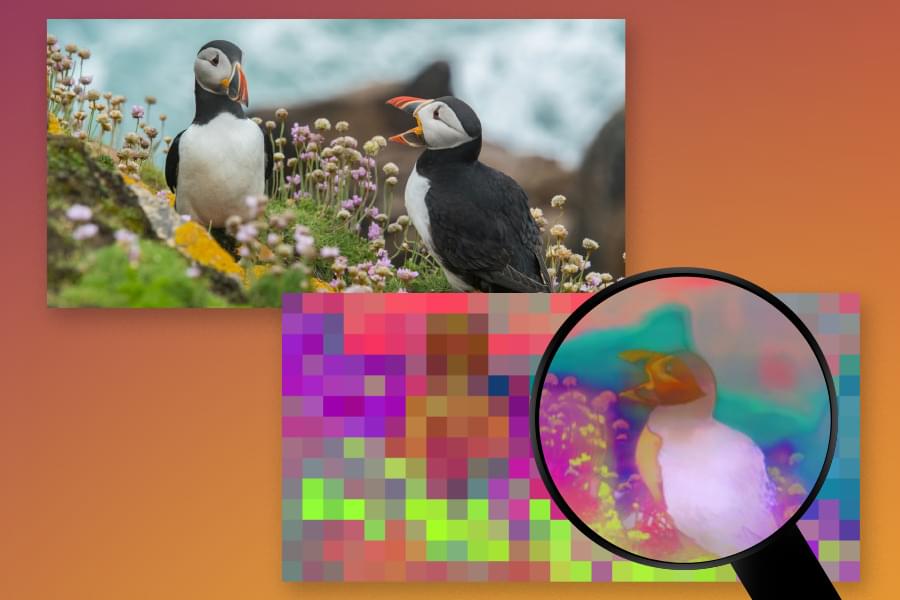According to Nvidia’s roadmap, it’ll unveil its next-gen Blackwell architecture soon. The company always launches a new architecture with data center products first and then reveals the cut-down GeForce versions many months later, so that’s what’s expected this time as well. On that note, the company’s semi-annual GTC technology conference starts in two weeks, so we expect a lot to be revealed at the show. As proof that Nvidia is close to pulling the wraps off its new data center GPUs, a Dell executive has already shared some juicy info about next-gen Nvidia hardware, saying in a recent earnings call the company has a 1,000W data center GPU in the pipeline.
The executive who has probably already received an angry call from Jensen is Jeff Clarke, a COO at Dell. On a Feb. 29 earnings call (PDF), the executive discussed Dell’s engineering superiority and how upcoming hardware from Nvidia will give the company a chance to show it off. “We’re excited about what happens at the B100 and the B200,” he said, which are the die names for Nvidia’s next-generation data center GPU and its apparent successor. For context, Nvidia currently has the H100 as its flagship data center GPU and is just now launching the second iteration with faster HBM3e memory, dubbed H200. We all know the B100 is the Blackwell successor to this chip, so it appears the B200 will be that GPU’s second iteration, though it does not currently appear on Nvidia’s roadmap (below).







